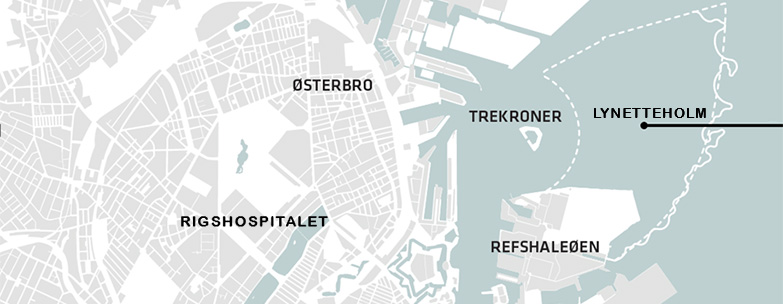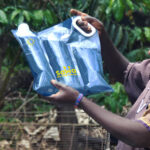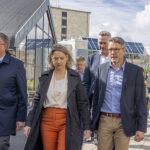Expanded Metro-network could boost innovation district
Plans for a coming Metro-line in Danish capital Copenhagen include a station in the heart of Copenhagen Science City next to the university hospital Rigshospitalet and the University of Copenhagen. That is an uplifting element in a recent announcement from the Danish Ministry of Transport. The final decision on whether to establish the new Metro-line is expected in 2024.
Improved accessibility for patients
With the current metro-line, the City-Circle, all locations in Copenhagen Science City are within an eight-minute walk of a Metro station. The new station would reduce this to four minutes for the 40,000 workers and students in the district. For the 260,000 annual patients at Rigshospitalet it will significantly increase accessibility.
Our hospital provides some of the most specialised treatments in Denmark. Convenient access by public transport will make it a lot easier for our patients to get to their treatment on time, and for their relatives to visit”. Per Christiansen, CEO, Rigshospitalet.
Easier for start-ups in innovation district
Accessibility is also important to the more than 450 life science and deep-tech start-ups that have chosen to settle in Copenhagen Science City. All stations on the circle line are within a 15-minute ride or less. This leads to easy access to important partners such as Copenhagen Business School (Metro stop Aksel Møllers Have) and food, agriculture and veterinary specialists at University of Copenhagen, Faculty of Science (Metro stop Frederiksberg). Finally, the international airport Kastrup is just 25 minutes away.
Start-ups need to collaborate. With universities to develop their products and services. With hospitals and other end-users to test them and with various specialists to design and market them. Having high quality public transport nearby saves these companies a lot of time going from one important appointment to the next”. Kristoffer Klebak, Head of Secretariat, Copenhagen Science City.
New line part of larger plan
If the decision to create a new Metro-line is adopted, it will be part of a major development. This will include a new artificial island, Lynetteholmen, which is expected to house 35,000 inhabitants and workplaces for a similar number. The next step in the decision-making process, is an environmental impact analysis, which is expected to take place in 2022.




